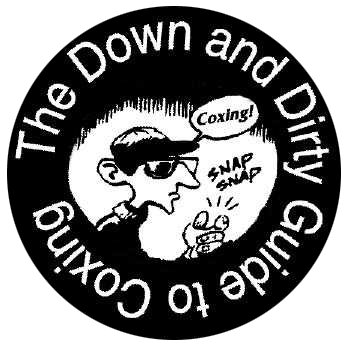The very first step is deciding that you are interested, and that is why you are reading this now! Spend some time learning about the sport in general, and coxing specifically, by reading books and websites, and watching videos online. If there is a local club or program near you reach out to them and talk to a coach, cox, or program director. Often times you can visit and even ride in a coach’s launch so you can see first hand what happens on the water during practice before you commit to the sport. There are lots of opportunities to cox if there are programs available to you, and coxies are always in need. Some of the most common examples of those opportunities are:
- Junior or scholastic (high school) rowing
- Collegiate rowing
- Adult open rowing (individuals just out of college or those individuals who want to compete at the standard sprint distance of 2000 meters [“2k”])
- Masters rowing (individuals who are post-college ages 27 up to octagenarians who race the sprint distance of 1000 meters)
- Pre-elite/elite (those individuals trying to achieve spots on the U.S. National Team or Olympic Team)
A high school age athlete could cox at all these levels with the exception of the collegiate level. The elite level is invitation only. The next step is simply finding your local club and inquiring about joining and becoming a coxswain.
Then the real work of learning the skills of a coxswain begins. Lots of time in the seat, lots of practice, and as much experience as you can get is your ticket to success. But what makes a good coxswain?
